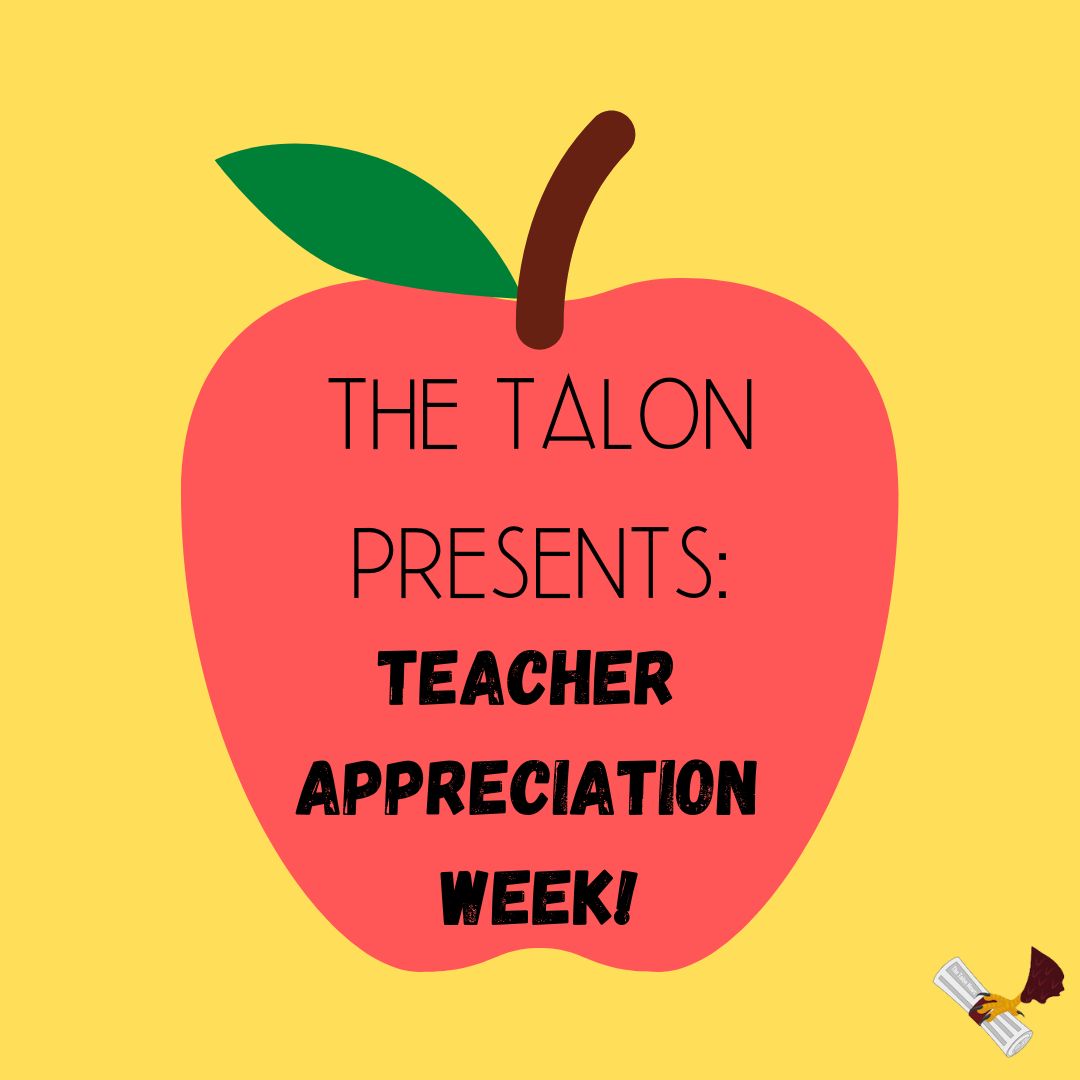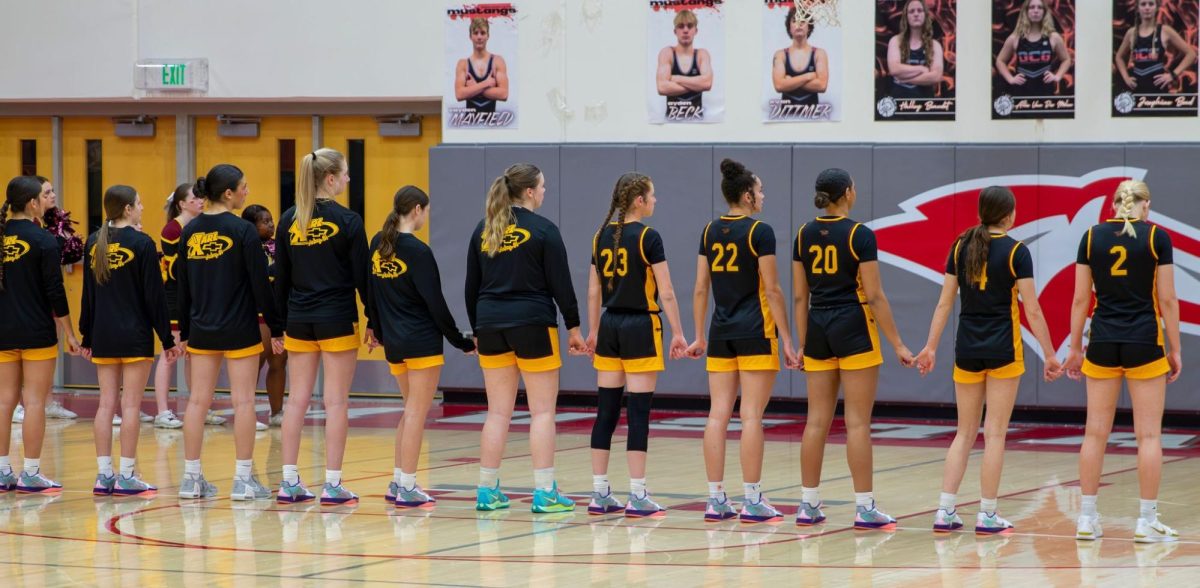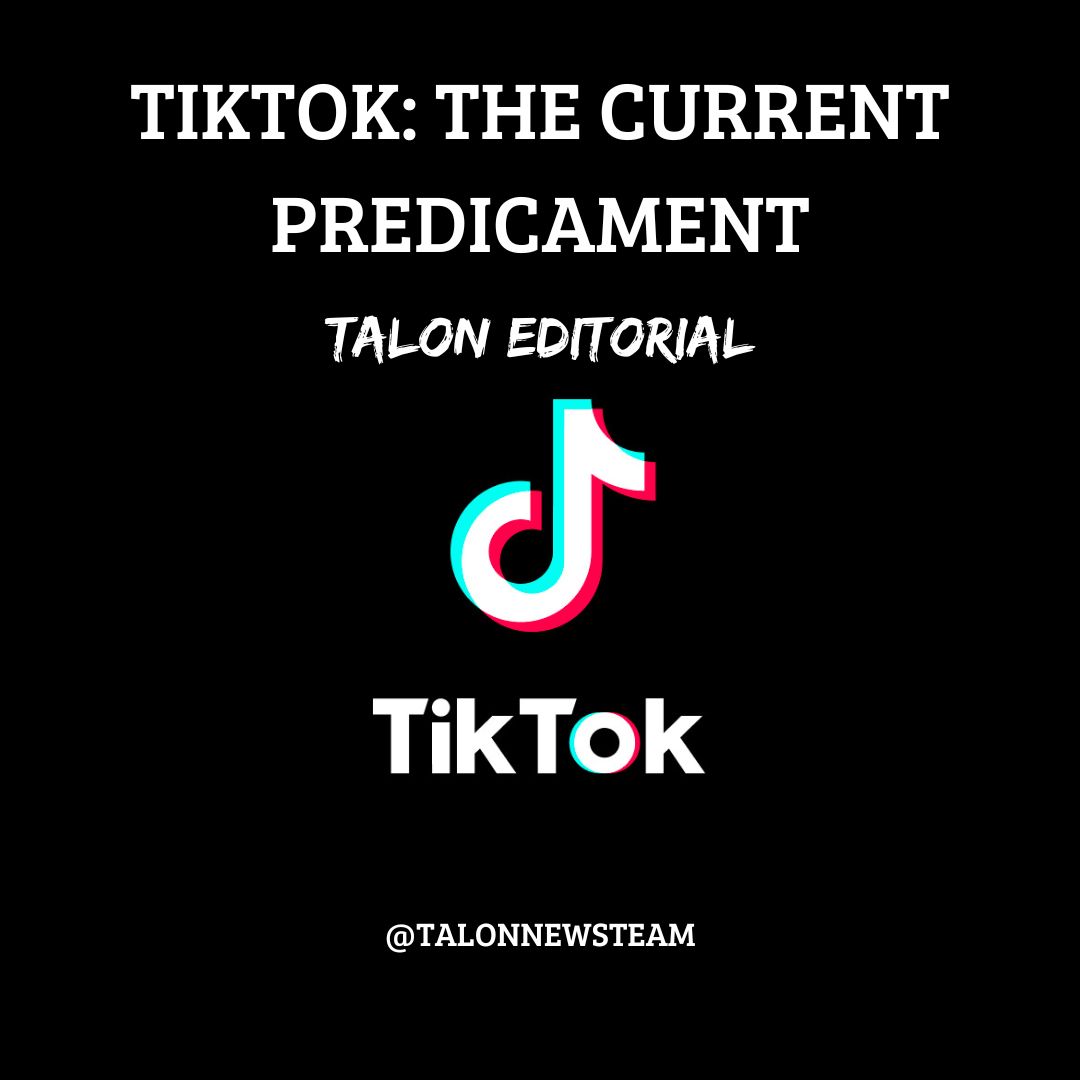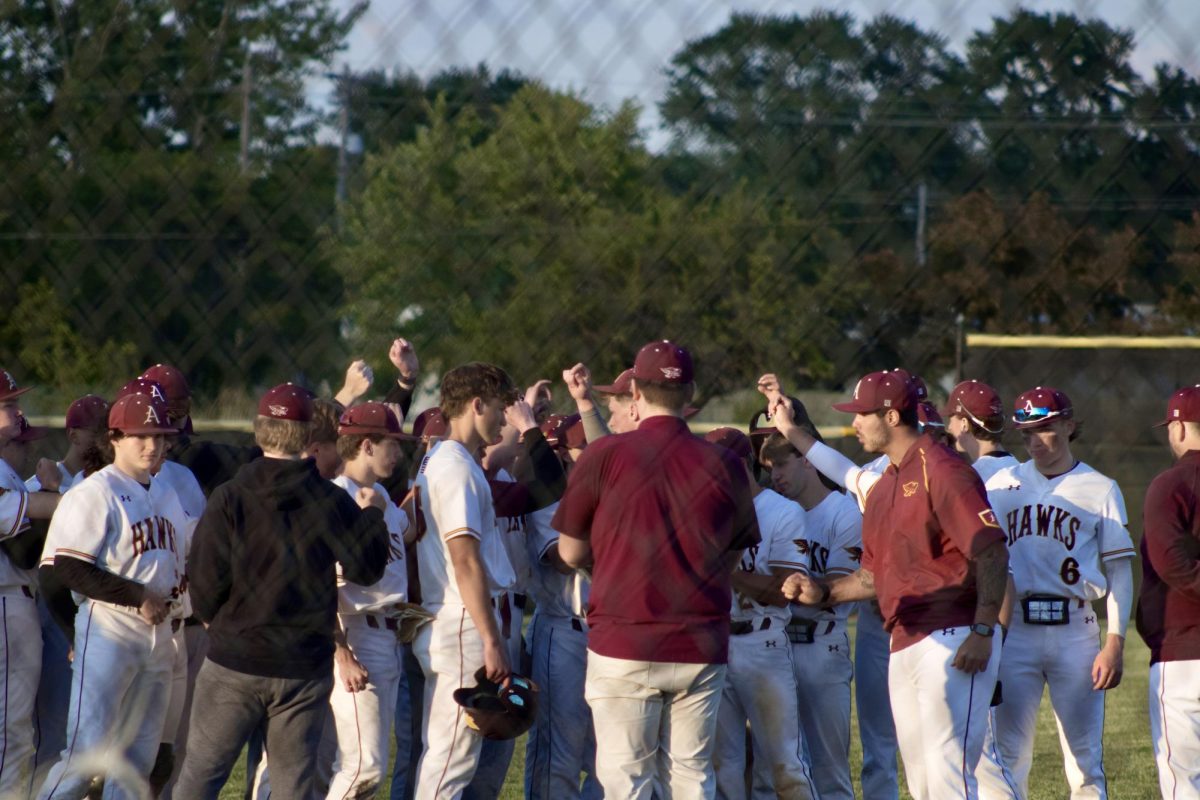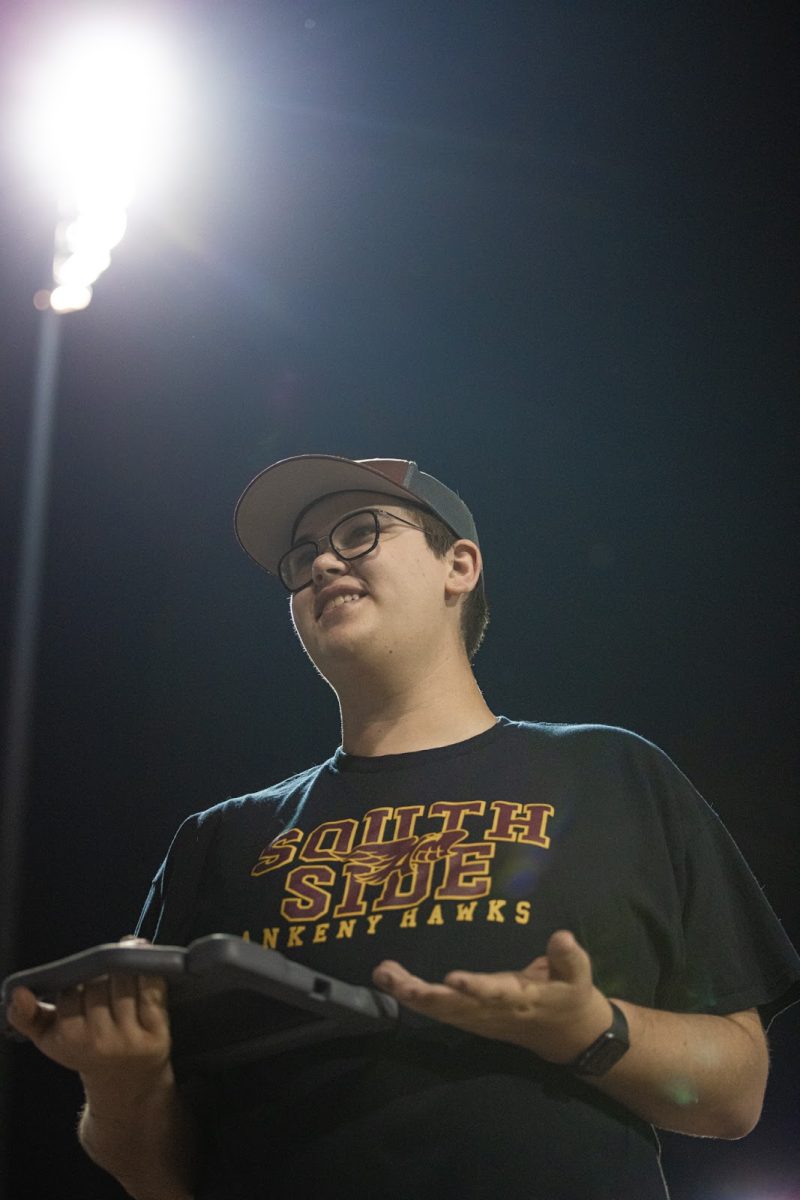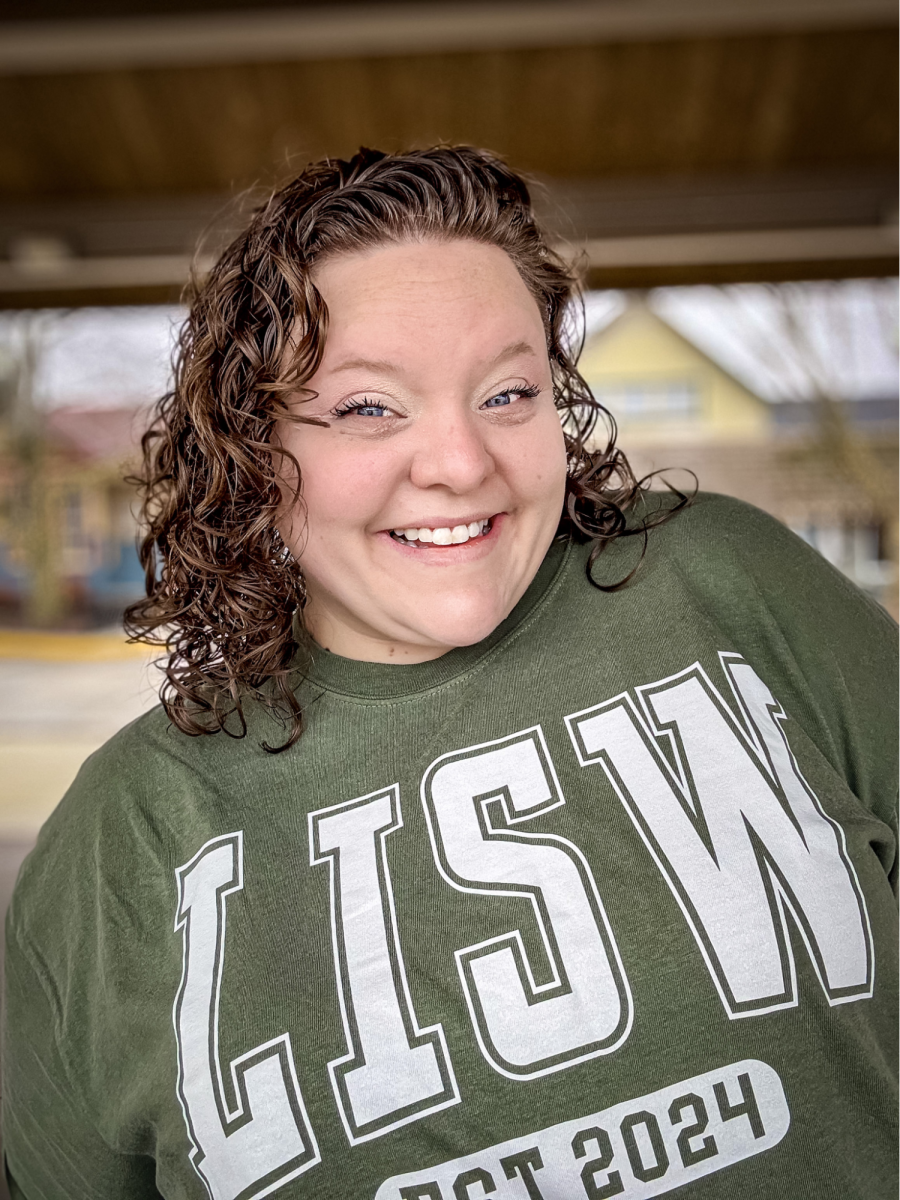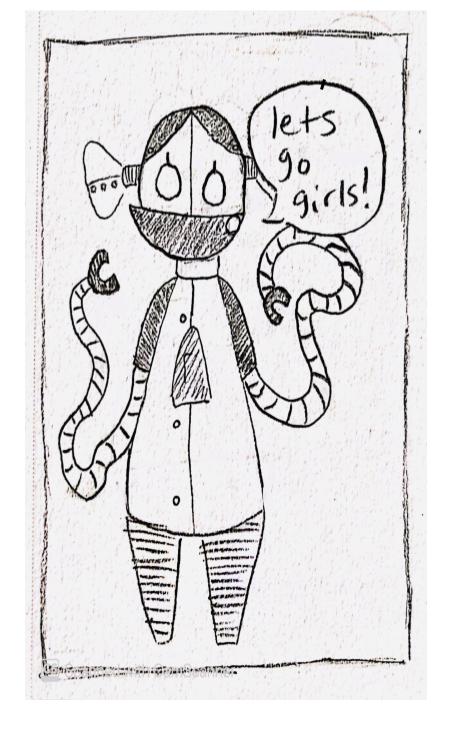In 2021, about two-thirds, or 65 percent of STEM (science, technology, engineering, and mathematics) jobs were held by men. While only one-third, around 35 percent were held by women, the National Science Foundation reports. Ankeny High School has several STEM programs, such as computer science and robotics, that create opportunities and experiences for students, especially girls.
“I think the first time I really realized I had interest in [programming] was when I was maybe 12 or 13,” robotics coach and computer programming teacher Jennifer Poole said. “We’d just gotten dial-up in our house and my dad wanted to set up a webpage for our restaurant and so he started to make himself a personal homepage… And so then I was kind of watching him and he said, ‘Well, do you want to do it’?”
Poole’s exposure was critical to show her that anyone can try computer science, and that is what sparked her interest.
“It’s a really great moment when you figure out the puzzle. That’s what draws me to computer science, is that puzzle aspect,” Poole said. “It’s challenging. It’s creative.”
Despite her passion for coding, Poole found that the male-dominated environment she experienced in college was challenging.
“I would say as a woman in college in the early aughts [2000-20009], it was hard starting off… It was hard because there were no female teachers, no female professors, no female mentors, and classes were mostly male,” Poole said. “It was definitely a male-dominated space.” Poole said.
These experiences can be discouraging, making it hard to be motivated to try new things.
“At first I was very very nervous to join. I was like, ‘Oh!’Especially when I walk in a room and it’s a bunch of six-foot-tall guys,” Southview freshman and robotics team captain Clarissa Masters said.
Some women say they have faced difficulty in the workplace and the classroom due to sexism.
“It was hard to feel like people weren’t listening to you or taking you seriously,” Poole said.
Regardless of the sexism experienced in STEM programs, girls continue to pursue their passions in computer science.
“There is always going to be competition in what you do, and especially when you get into a male-dominated thing like I’m in,” Master said. “There’s always going to be that like, ‘Oh what does she know?’, so of course, I have to stand up for myself.”
Seemingly some girls experience doubt from their male counterparts, but continue to be optimistic.
“Being a woman in computer science can be kind of intimidating in a way when you’re surrounded by men,” senior and robotics club member Samara Feldhacker said. “But it makes it so I’m more independent and I believe in myself. I have to trust myself and know that I can do these things even though some men may say, ‘No you’re a woman.’”
Feldhacker’s experience highlights the challenges girls and women face in male-dominated fields, but emphasizes the personal growth and empowerment that can result from overcoming those obstacles. And when it comes to overcoming difficult obstacles, computer science is no stranger with the perplexing questions and ponderings that can arise in the field.
“My favorite moments in the computer science classroom are when students will just lean back in their chair and go, ‘Yes!’ Or they’ll fist pump or they’ll be like, ‘Got it!’ It’s just that ah-ha moment of [working] on something for a long time, and something clicks and you get it,” Poole said.
Women made up around 35 percent of computer science majors in the early 1980s, but that number has decreased to less than 20 percent in 2010, National Public Radio reports. Because of the gender disparity in these programs, girls and women may dismiss or fear the computer science field.
“Girls need to be included in STEM [programs]… I know what stops a lot of people from doing STEM, it’s because it’s male-dominated,” Masters said. “That should not be the reason you don’t do something you love.”
However, Ankey girls and women remain positive and plan to expand their outreach and inspire younger girls.
“I wish there’d be more opportunities for us to get into the STEM fields… All the smaller programs that we have are helpful, but they don’t cater as much to women,” Feldhacker said. “The program Girls Who Code… can encourage women to start coding at a young age.”
Ankeny’s computer programming programs aim to improve outreach to girls. Recently Ankeny has implemented a new program called Girls Who Code. This program is part of a national organization that aims to close the gender gap in technology careers. Girls Who Code has over 6,000 programs all over the world.
“[It’s] a great opportunity just to open it up for female-identifying or non-binary students who want a place to come in and meet other people, connect with other students, find out what the course offerings are, and if [they’re] able to, take a coding class,” Poole said.
Ankeny aims to get girls more involved and see them succeed.
“Eventually what I’d like to see in my class is I’d like for them to be 50/50,” Poole said. “I don’t want to see that big of a gender gap in my classes.”





















